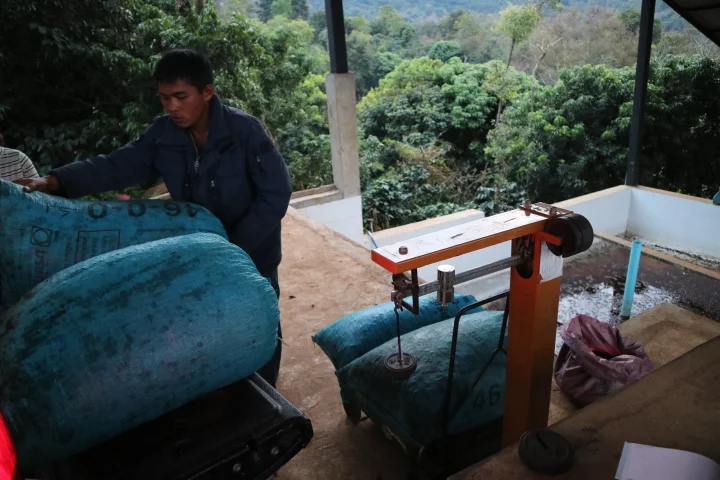Good C-Market Article, Plus
Perfect Daily Grind is a good spot to find daily coffee-related content, with stories spanning continents and the many segments of the global coffee industry. With a focus on specialty coffee, they tend to produce articles that are written with specialty coffee fans in mind, with an educational tone, and from a variety of voices throughout the chain. They aren’t so much a news site as they are an educational blog with a constant stream of new, good quick reads.
One of their most recent articles, “Will Brazil’s Sudden Frost Increase Global Coffee Prices?", illuminated a couple of good points about coffee trading, the C-Price, and just how interrelated all of these seemingly fragmented segments within the trade are. It’s a good 10-minute breezy read, and is written in a way that’s approachable to the layperson. It was in this article that I found one of the easiest-to-understand explanations regarding the C-Price:
"The price at any given time is a balance of many factors applying upward and downward pressure and affecting trader sentiment, landing at a fleeting equilibrium we call the C price.”
Basically, it’s complicated (perhaps unnecessarily) and is the culmination of physical and theoretical factors, including both an understanding of the coffee trade (production, logistics, purchasing) and all the misunderstandings - speculators basing decisions on a perhaps-irrelevant, similar historical event and its effect on the market, or just misapplying knowledge of other commodities without considering coffee’s unique variables. Traders’ and speculators’ actions have an effect on the market price, so when they respond to stimuli (such as a frost in Brazil), they create new stimuli (halting an increase in the price as the supply suddenly increases when the coffee that was once held off the market is reintroduced as the result of a sale, for example). It can sometimes resemble the classic snake eating its own tail.
On a more proactive and positive note, PDG also published this article, “How Crop Diversification can Counter Low Coffee Prices.”
“In a context of extremely low coffee prices and uncertain weather conditions due to climate change, coffee producers take on risk with every investment in their farms.
One way to reduce this risk and increase stability is to diversify your crops. By choosing to grow other plants alongside coffee, you can better your chances of earning a living income even when coffee prices are low.”
The article is such an easy read that I won’t summarize too much here, though I will support its point. Smart, well-planned diversification of any type of farm is a much better long term decision. Of course that will add challenges to those who wish to scale up. I’d argue, though, that the additional income streams and the long term lower input costs resulting from crop diversification will offer the stability that may help a grower to avoid the need to scale up significantly. There are a host of other reasons why its a great approach, including reversing the environmental disaster that is monocrop-style agriculture, sustainability, poverty reduction, etc etc etc. Plus, coffee is a plant that evolved in the shade of Southwest Ethiopian forests. I’d argue that coffees from this region are some of the best in the world, and probably not unrelated to the way it grows (much of it is wild coffee harvested by locals). We’ll save that one for another day… For now, have a look at these coffee trees being happy in the mountain forest.



